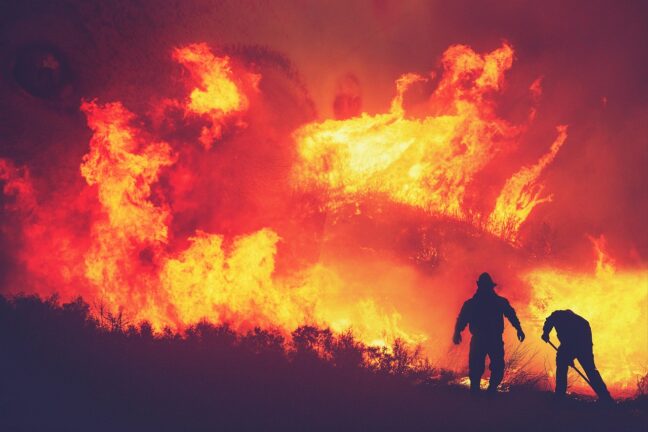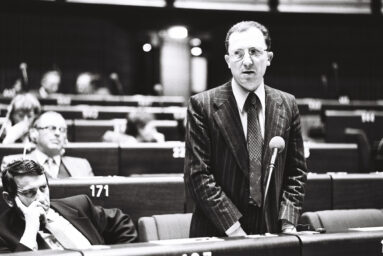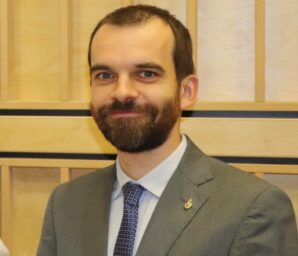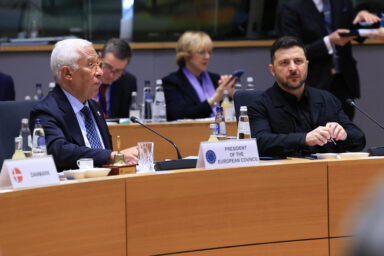Spain is enduring its worst wildfire season since 1994, with over 391,000 hectares burned—a disaster amplified by climate change, rural decline, and political fractures.
Spanish Prime Minister Pedro Sánchez plans to declare affected areas disaster zones next week, urging a cross-party pact against the “accelerating climate crisis”. Yet the flames ravaging Galicia, Castile and León, and Extremadura also highlight Europe’s struggle to address interconnected ecological and demographic challenges.
A perfect storm
The European Forest Fire Information System (EFFIS) calculates 382,607 hectares were scorched across 228 fires in Spain this year—part of an EU-wide toll of 899,400 hectares. Slovakia and Cyprus report blazes at ten and seven times their historical averages, respectively. In Spain, a dry spring, heatwaves, and neglected land management created tinderbox conditions.
“All the ingredients came together to create the perfect storm,” notes EFFIS, part of the EU’s Copernicus programme. Five of Spain’s ten most destructive fires this century occurred in August alone, including the 44,424-hectare Larouco blaze—Galicia’s largest on record.
Rural abandonment exacerbates the crisis. Regions like Zamora’s Molezuelas de la Carballeda have lost over 90 per cent of their population since 1900. Depopulated areas lack agricultural activity that once served as natural firebreaks. “Traditional practices like extensive livestock grazing, which once naturally cleaned up the forest, have largely disappeared,” says EFFIS. Municipalities affected by fires since 1981 have shed 18.5 per cent of residents on average; parts of Ourense have seen two-thirds depart.
You might be interested
Political flames
The disaster has ignited blame games. Mr Sánchez’s Socialist government faces criticism for delayed responses and budget delays—the opposition People’s Party (PP) attributes firefighting shortages to three years without a state budget. Meanwhile, PP-led regions governing with far-right Vox—a party sceptical of climate science—resist centralised strategies. “You are not allowed to touch a leaf in the forest, otherwise you face fines,” a resident in Riaño (where villagers illegally cleared brush to protect homes) lamented to the local press.
Environment minister Sara Aagesen aims to reform firefighting, making seasonal brigades year-round for prevention work. But EU-wide coordination is patchy. While French, Finnish, Estonian, and German crews assist Spain, Brussels lacks binding fire-management frameworks.
If heat alone were decisive, Andalusia would burn more than Galicia. — Martín Varsavsky, Spain-based entrepreneur
The fires have killed four—three volunteers and an officer in León—and injured five, three critically. Over 31,000 people were evacuated from areas, including 775 from Picos de Europa’s biodiversity-rich national park. Rail links between Madrid and Galicia remain severed, and pilgrims face detours on the Camino de Santiago.
A European wake-up call
Mr Sánchez vows a September legislative proposal to address climate-driven extremes, but solutions demand EU-wide action. Depopulation, agricultural decline, and fragmented governance plague rural Europe beyond Spain. As Martín Varsavsky, a Spain-based Argentine tech investor and right-wing activist, observes: “If heat alone were decisive, Andalusia would burn more than Galicia.” The real spark lies in systemic neglect—a lesson all member states should heed.











